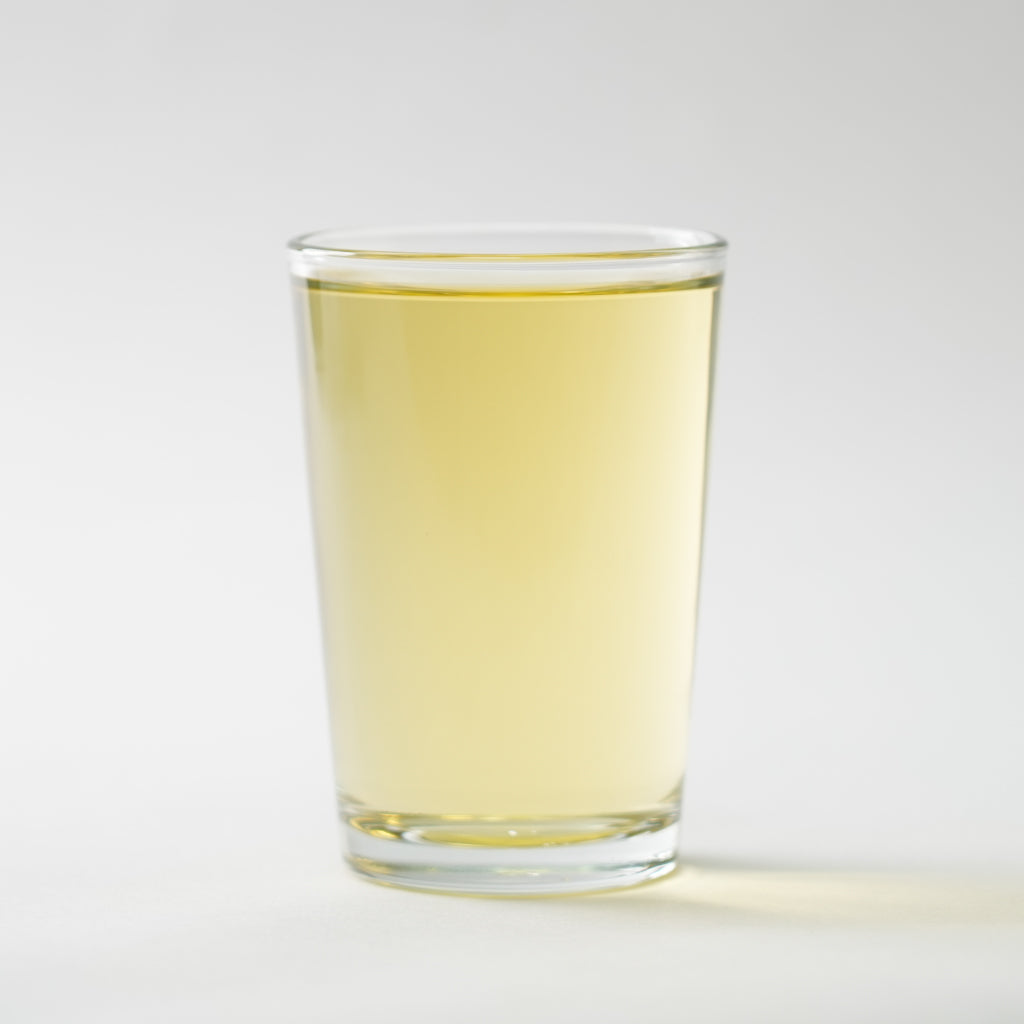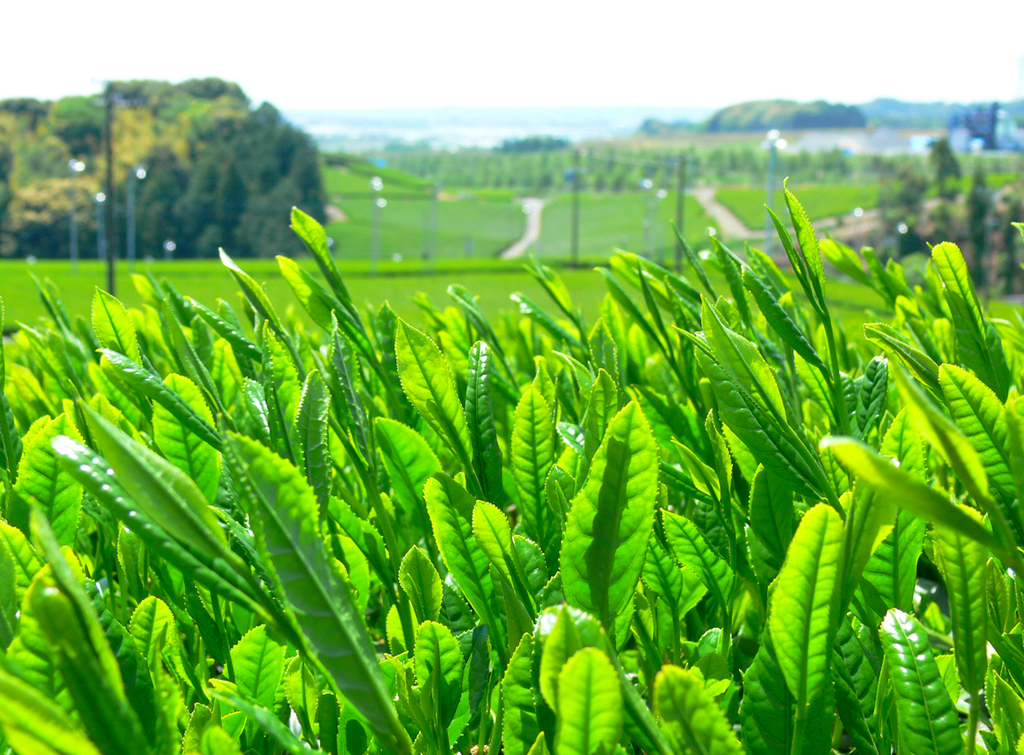
How did tea leaves and tea cultivars originate?

Tea leaves and tea cultivars originated in China, where the practice of drinking tea dates back to at least the 10th century. Tea was originally consumed as a medicinal drink, and it was not until the 16th century that tea drinking became popular among the general population.
The origin of tea leaves and tea cultivars is closely linked to the development of tea production in China. Tea production began with the cultivation of wild tea plants, which were then selectively bred to create new cultivars with desired characteristics. This process of selective breeding was used to create a wide variety of tea plants, each with its own unique flavor and aroma.

The first tea cultivars were created in the 17th century, and by the 19th century, there were over 1,000 varieties of tea plants. These tea plants were then exported to other countries, where they were further developed and adapted to local conditions. Today, there are over 3,000 varieties of tea plants, and tea is one of the most popular beverages in the world.
History of japanese tea
The history of Japanese tea dates back to the 8th century, when Buddhist monks first brought tea leaves from China to Japan. Tea was initially used as a medicinal drink, but it soon became popular among the general population. By the 16th century, tea drinking had become an important part of Japanese culture, and tea ceremonies were held to celebrate special occasions.
In the 17th century, the Japanese tea master Sen no Rikyu developed the tea ceremony known as the "Way of Tea." This ceremony was based on the principles of harmony, respect, purity, and tranquility, and it was meant to be a spiritual experience. The ceremony was also used to demonstrate the importance of hospitality and the appreciation of beauty.

In the 19th century, the Japanese tea ceremony spread to the West, and it is now practiced in many countries around the world. Japanese tea is also widely enjoyed in its traditional form, with green tea being the most popular variety. Today, Japanese tea is consumed both for its flavor and for its health benefits, and it is an important part of Japanese culture.
How the japanese tea has developed in japan
The Japanese tea ceremony has evolved over the centuries, and it has become an important part of Japanese culture. In the 8th century, Buddhist monks brought tea leaves from China to Japan, and tea was initially consumed as a medicinal drink. By the 16th century, tea drinking had become popular among the general population, and tea ceremonies were held to celebrate special occasions.

In the 17th century, the Japanese tea master Sen no Rikyu developed the tea ceremony known as the "Way of Tea." This ceremony was based on the principles of harmony, respect, purity, and tranquility, and it was meant to be a spiritual experience. The ceremony was also used to demonstrate the importance of hospitality and the appreciation of beauty.
In the 19th century, the Japanese tea ceremony spread to the West, and it is now practiced in many countries around the world. Japanese tea has also evolved over the years, with new varieties of tea being developed and new brewing techniques being introduced. Today, Japanese tea is consumed both for its flavor and for its health benefits, and it is an important part of Japanese culture.
How Matcha culture has been developed in Japan
Matcha culture has been developed in Japan over the centuries, and it is now an important part of Japanese culture. Matcha is a type of powdered green tea, and it is traditionally used in the Japanese tea ceremony. The tea ceremony is a ritual that is based on the principles of harmony, respect, purity, and tranquility, and it is meant to be a spiritual experience.

The history of Matcha in Japan dates back to the 12th century, when Buddhist monks began to cultivate tea plants for the purpose of making Matcha. The tea plants were then carefully processed and ground into a fine powder. The powder was then whisked with hot water to create a frothy beverage.
Today, Matcha is widely consumed in Japan, and it is also popular in other countries around the world. Matcha is often used in desserts, beverages, and other culinary creations. Matcha is also known for its health benefits, and it is an important part of Japanese culture.


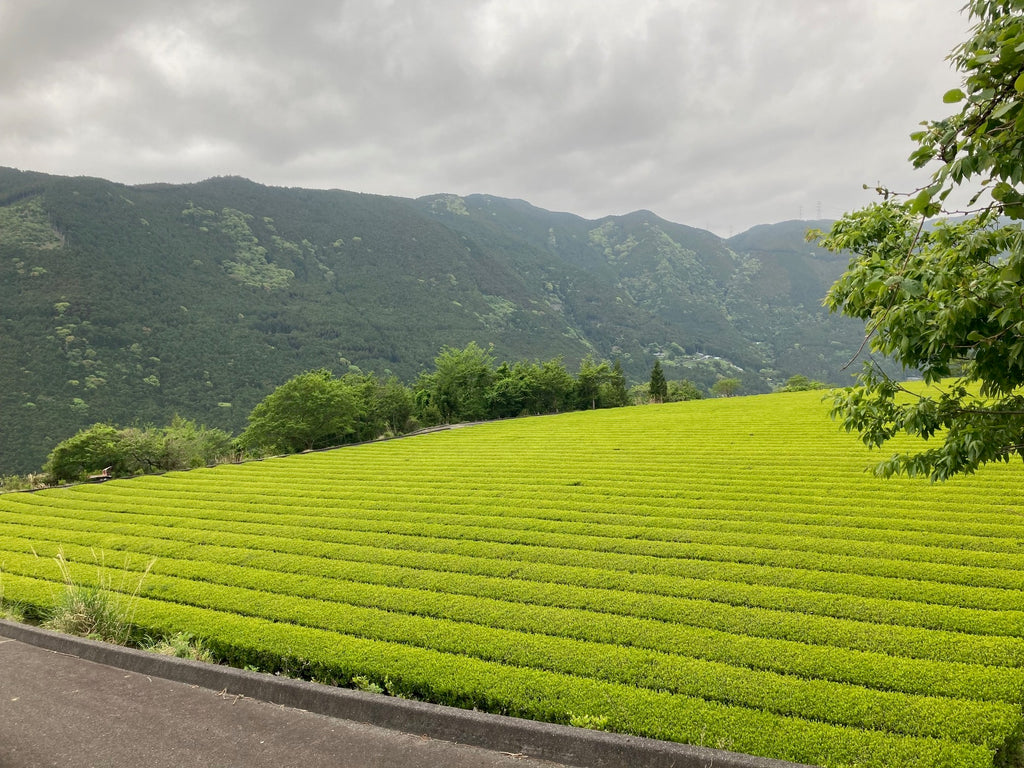
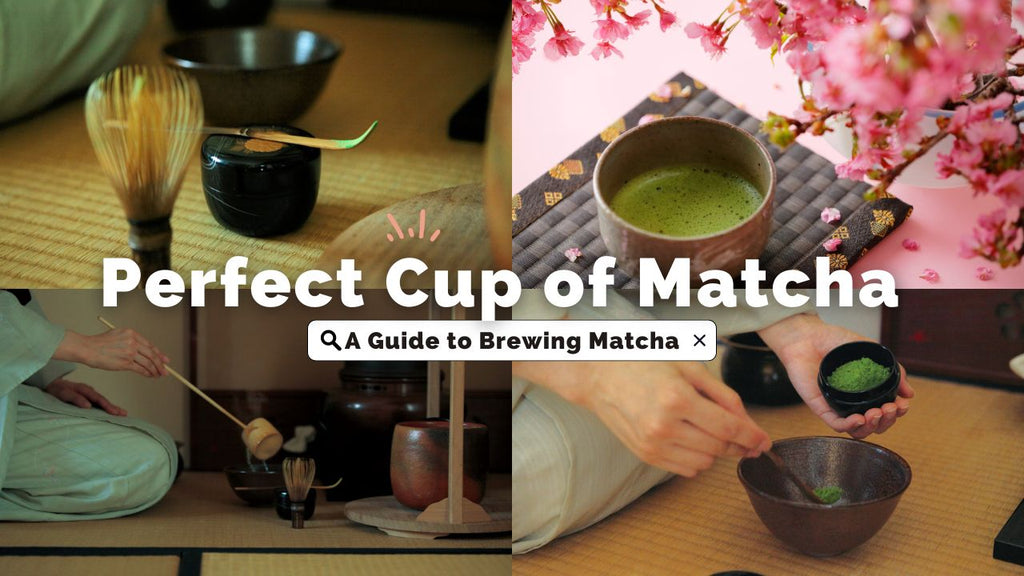
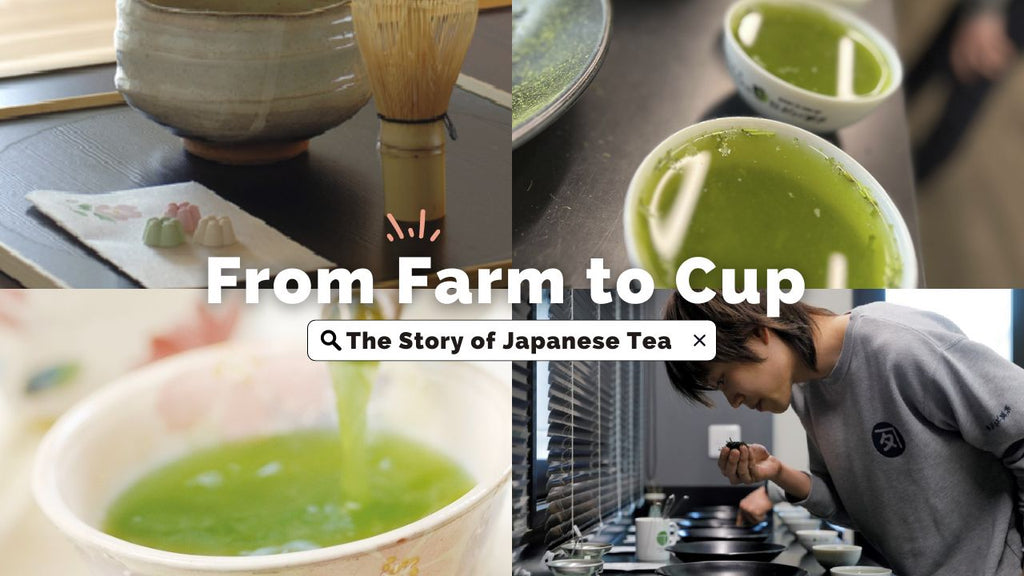


![[OT-10] MATCHA KOSHUN (20g/0.7oz)](http://osadateajapan.com/cdn/shop/products/OT-10-1-_1.jpg?v=1673502690)
![[OT-04] MATCHA NONO (20g/0.7oz)](http://osadateajapan.com/cdn/shop/products/OT-04-1-_1.jpg?v=1673502659)
![[OT-11] MATCHA OKUMIDORI (20g/0.7oz)](http://osadateajapan.com/cdn/shop/products/OT-11-1-_1.jpg?v=1673502695)
![[OT-09] MATCHA SAEAKARI (20g/0.7oz)](http://osadateajapan.com/cdn/shop/products/OT-09-1-_1.jpg?v=1673502685)
![[OT-01] MATCHA SAMIDORI TEZUMI (20g/0.7oz)](http://osadateajapan.com/cdn/shop/products/OT-01-1-c6043315-f32d-4781-9b40-c902247ddea9-_1.jpg?v=1673502644)
![[OT-02] ORGANIC NISHI MATCHA OKUMIDORI (20g/0.7oz)](http://osadateajapan.com/cdn/shop/products/OT-02-1-_1.jpg?v=1673502648)
![[OT-05] ORGANIC NISHI MATCHA TSUYUHIKARI (20g/0.7oz)](http://osadateajapan.com/cdn/shop/products/OT-05-1-_1.jpg?v=1673502663)
![[OT-16] ORGANIC MATCHA HAMANASU (20g/0.7oz)](http://osadateajapan.com/cdn/shop/products/OT-16-1-_1.jpg?v=1673502719)
![[OT-61] ORGANIC BANCHA (30g/1oz)](http://osadateajapan.com/cdn/shop/products/OT-61-1-_1.jpg?v=1673502855)
![[OT-58] ORGANIC GENMAICHA (30g/1oz)](http://osadateajapan.com/cdn/shop/products/OT-58-1-_1.jpg?v=1673502847)
![[OT-34] ORGANIC GYOKURO OKUMIDORI (30g/1oz)](http://osadateajapan.com/cdn/shop/products/OT-34-1-_1.jpg?v=1673502781)
![[OT-33] ORGANIC GYOKURO SAEMIDORI (30g/1oz)](http://osadateajapan.com/cdn/shop/products/OT-33-1-_1.jpg?v=1673502778)
![[OT-56] ORGANIC MATCHA GENMAICHA (30g/1oz)](http://osadateajapan.com/cdn/shop/products/OT-56-1-_1.jpg?v=1673502843)
![[OT-43] ORGANIC OKUMIDORI KABUSECHA (30g/1oz)](http://osadateajapan.com/cdn/shop/products/OT-43-1-_1.jpg?v=1673502808)
![[OT-40] ORGANIC SENCHA AG TSUYUHIKARI (30g/1oz)](http://osadateajapan.com/cdn/shop/products/OT-40-1-_1.jpg?v=1673502801)
![[OT-39] ORGANIC SENCHA HIRAKI ASAMUSHI (30g/1oz)](http://osadateajapan.com/cdn/shop/products/OT-39-1-_1.jpg?v=1673502798)
![[OT-27] ORGANIC OOLONGTEA GOKOU (30g/1oz)](http://osadateajapan.com/cdn/shop/products/OT-27-1-_1.jpg?v=1673502764)

![[OT-28] ORGANIC OOLONGTEA KURASAWA (30g/1oz)](http://osadateajapan.com/cdn/shop/products/OT-28-1-1-_1.jpg?v=1673502766)

![[OT-31] ORGANIC OOLONGTEA SURUGAWASE SF (30g/1oz)](http://osadateajapan.com/cdn/shop/products/OT-31-1-_1.jpg?v=1673502772)
![[OT-26] ORGANIC OOLONGTEA TSUYUHIKARI (30g/1oz)](http://osadateajapan.com/cdn/shop/products/OT-26-1-_1.jpg?v=1673502762)
![[OT-29] ORGANIC OOLONGTEA ZAIRAI FF (30g/1oz)](http://osadateajapan.com/cdn/shop/products/OT-29-1-_1.jpg?v=1673502768)
![[OT-30] ORGANIC OOLONGTEA ZAIRAI SF (30g/1oz)](http://osadateajapan.com/cdn/shop/products/OT-30-1-_1.jpg?v=1673502770)
![[OT-04] MATCHA NONO (20g/0.7oz)](http://osadateajapan.com/cdn/shop/products/OT-04-5.jpg?v=1671249709)
![[OT-01] MATCHA SAMIDORI TEZUMI (20g/0.7oz)](http://osadateajapan.com/cdn/shop/products/OT-01-5_504055a4-6c55-440d-af84-58b806fd5bf5.jpg?v=1671136783)
![[OT-32] ORGANIC BLACKTEA BENIFUUKI (30g/1oz)](http://osadateajapan.com/cdn/shop/products/OT-32-1-_1.jpg?v=1673502774)
![[OT-32] ORGANIC BLACKTEA BENIFUUKI (30g/1oz)](http://osadateajapan.com/cdn/shop/products/OT-32-5.jpg?v=1671250277)
![[OT-50] ORGANIC KAMAIRICHA FF (30g/1oz)](http://osadateajapan.com/cdn/shop/products/OT-50-1-_1.jpg?v=1673502826)
![[OT-50] ORGANIC KAMAIRICHA FF (30g/1oz)](http://osadateajapan.com/cdn/shop/products/OT-50-5.jpg?v=1671250984)
![[OT-14] ORGANIC MATCHA KAKITSUBATA (20g/0.7oz)](http://osadateajapan.com/cdn/shop/products/OT-14-1-_1.jpg?v=1673502708)
![[OT-14] ORGANIC MATCHA KAKITSUBATA (20g/0.7oz)](http://osadateajapan.com/cdn/shop/products/OT-14-5.jpg?v=1671249965)
![[OT-07] ORGANIC MATCHA KOIAI (20g/0.7oz)](http://osadateajapan.com/cdn/shop/products/OT-07-1-_1.jpg?v=1673502675)
![[OT-07] ORGANIC MATCHA KOIAI (20g/0.7oz)](http://osadateajapan.com/cdn/shop/products/OT-07-5.jpg?v=1671249758)
![[OT-27] ORGANIC OOLONGTEA GOKOU (30g/1oz)](http://osadateajapan.com/cdn/shop/products/OT-27-5.jpg?v=1671250166)
